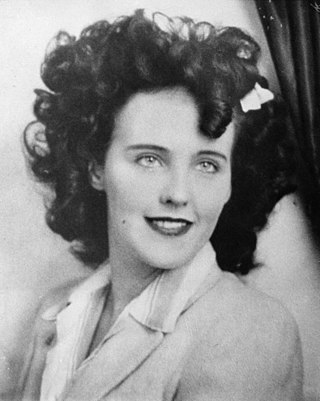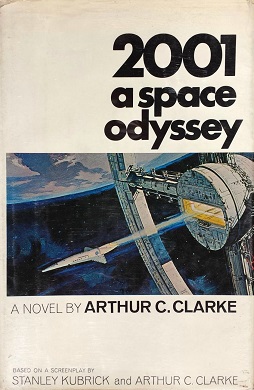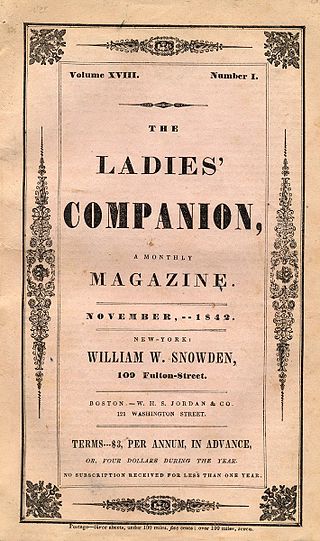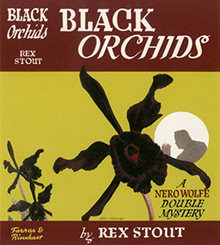Related Research Articles

Eliot Ness was an American Prohibition agent known for his efforts to bring down Al Capone and enforce Prohibition in Chicago. He was the leader of a team of law enforcement agents, nicknamed The Untouchables. His co-authorship of an autobiography, The Untouchables, which was released shortly after his death, launched several television and motion picture portrayals establishing Ness's posthumous fame as an incorruptible crime fighter.

The Cleveland Torso Murderer, also known as the Mad Butcher of Kingsbury Run, was an unidentified serial killer who was active in Cleveland, Ohio, United States, in the 1930s. The killings were characterized by the dismemberment of thirteen known victims and the disposal of their remains in the impoverished neighborhood of Kingsbury Run. Most victims came from an area east of Kingsbury Run called "The Roaring Third" or "Hobo Jungle", known for its bars, gambling dens, brothels, and vagrants. Despite an investigation of the murders, which at one time was led by famed lawman Eliot Ness, then Cleveland's Public Safety Director, the murderer was never apprehended.

Elizabeth Short, known posthumously as the Black Dahlia, was an American woman found murdered in the Leimert Park neighborhood of Los Angeles, California, on January 15, 1947. Her case became highly publicized owing to the gruesome nature of the crime, which included the mutilation of her corpse, which was bisected at the waist.
Samuel Holmes Sheppard, D.O. was an American neurosurgeon. He was exonerated in 1966, having been convicted of the 1954 murder of his pregnant wife, Marilyn Reese Sheppard. The case was controversial from the beginning, with extensive and prolonged nationwide media coverage.

Bernard van Orley, also called Barend or Barent van Orley, Bernaert van Orley or Barend van Brussel, was a versatile Flemish artist and representative of Dutch and Flemish Renaissance painting, who was equally active as a designer of tapestries and, at the end of his life, stained glass. Although he never visited Italy, he belongs to the group of Italianizing Flemish painters called the Romanists, who were influenced by Italian Renaissance painting, in his case especially by Raphael.

Hawley Harvey Crippen, colloquially known as Dr. Crippen, was an American homeopath, ear and eye specialist and medicine dispenser who was hanged in Pentonville Prison, London, for the murder of his wife, Cora Henrietta Crippen. He was one of the first criminals to be captured with the aid of wireless telegraphy.

Hugh Brannum was an American vocalist, arranger, composer, and actor known for his role as Mr. Green Jeans on the children's television show Captain Kangaroo. During his days with Fred Waring and his Pennsylvanians, Brannum used his childhood nickname "Lumpy".

Giuseppe "Joe" Profaci was an Italian-American New York City Cosa Nostra boss who was the founder of what became the Colombo crime family. Established in 1928, this was the last of the Five Families to be organized. He was the family's boss for over three decades.

2001: A Space Odyssey is a 1968 science fiction novel by British writer Arthur C. Clarke. It was developed concurrently with Stanley Kubrick's film version and published after the release of the film. Clarke and Kubrick worked on the book together, but eventually only Clarke ended up as the official author. The story is based in part on various short stories by Clarke, including "The Sentinel". By 1992, the novel had sold three million copies worldwide. An elaboration of Clarke and Kubrick's collaborative work on this project was made in the 1972 book The Lost Worlds of 2001.

"The Mystery of Marie Rogêt", often subtitled A Sequel to "The Murders in the Rue Morgue", is a short story by American writer Edgar Allan Poe written in 1842. This is the first murder mystery based on the details of a real crime. It first appeared in Snowden's Ladies' Companion in three installments, November and December 1842 and February 1843. Poe referred to it as one of his "tales of ratiocination".

Torso is a true crime limited series graphic novel written by Brian Michael Bendis and Marc Andreyko, with art and lettering by Brian Michael Bendis. It is based on the true story of the Cleveland Torso Murderer, and the efforts of the famous lawman Eliot Ness and his band of the "Unknowns" to capture him.

Jack the Ripper was an unidentified serial killer active in and around the impoverished Whitechapel district of London, England, in the autumn of 1888. In both criminal case files and the contemporaneous journalistic accounts, the killer was called the Whitechapel Murderer and Leather Apron.
Richard Emeric Quandt is a Guggenheim Fellowship-winning economist who analyzed the results of the Judgment of Paris wine tasting event with Orley Ashenfelter.

Black Orchids is a Nero Wolfe double mystery by Rex Stout published in 1942 by Farrar & Rinehart, Inc. Stout's first short story collection, the volume is composed of two novellas that had appeared in abridged form in The American Magazine:
"The Rodeo Murder" is a Nero Wolfe mystery novella by Rex Stout, first published in April 1960 in the short-story collection Three at Wolfe's Door.
James Jessen Badal is an American true crime writer.
Arnold J. Sagalyn was an American journalist, government employee and private consultant.
Orley, Örley or van Orley are given names and family names.
The Thames Torso Murders, often called the Thames Mysteries or the Embankment Murders, were a sequence of unsolved murders of women occurring in London, England from 1887 to 1889. The series included four incidents which were filed as belonging to the same series. None of the cases were solved, and only one of the four victims was identified. In addition, other murders of a similar kind, taking place between 1873 and 1902, have also been associated with the same murder series.
Torso Murders can refer to the following murders, and Torso Killer or Torso Murderer can refer to their perpetrators:
References
- James Jessen Badal; In the Wake of the Butcher: Cleveland's Torso Murders; The Kent State University Press; ISBN 0-87338-689-2 (paperback, 2001)
- Steven Nickel; Torso: Eliot Ness and the Search for a Psychopathic Killer; John F Blair Publishers; ISBN 0-89587-246-3 (paperback, 2001)